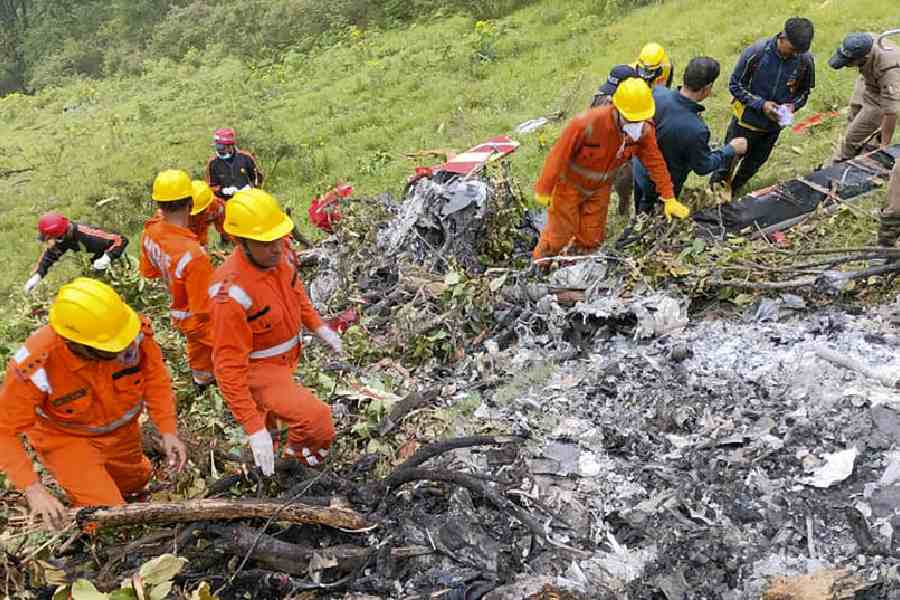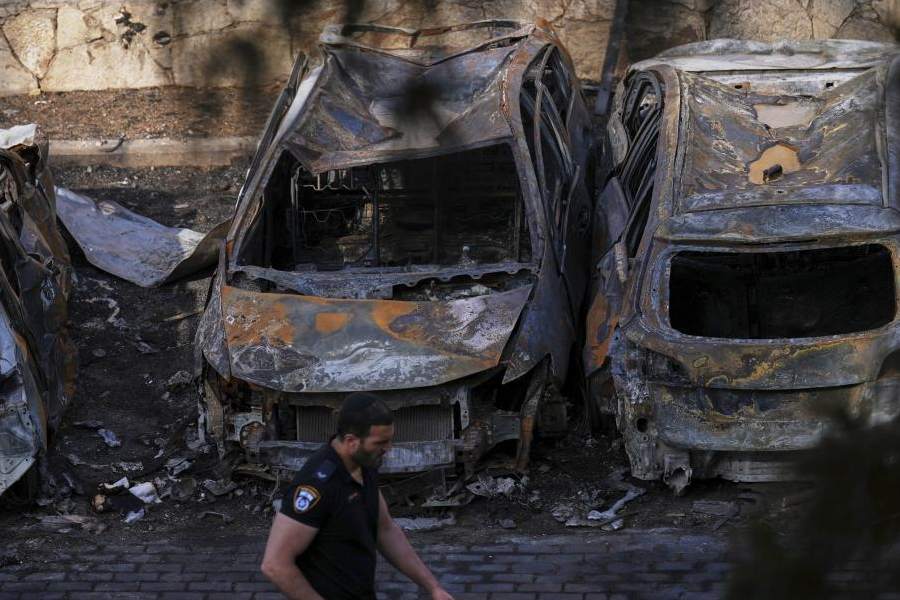Bengal has the most number of thalassaemic children in the country needing regular transfusions but Calcutta has been slow in embracing a test for donated blood that could protect them from HIV-1, Hepatitis B and Hepatitis C.
Some top state-run and private hospitals in India have adopted Nucleic Acid Test (NAT), which along with the existing test for donated blood, Elisa, can practically eliminate the possibility of the diseases being spread through transfusion. The hospitals include AIIMS Delhi, PGI Chandigarh and CMC Vellore. In Karnataka, the blood banks in state-run hospitals store only blood that has undergone NAT.
In Bengal, only Calcutta Medical College and Hospital, has the facility and caters to 130 thalassaemic children. Since over 2,000 transfusions take place in the city every month, a vast majority does not have access to blood that has undergone NAT.
The modern test is significantly dearer than Elisa at Rs 800 per unit but the cost is expected to drop if the number of tests goes up.
“With 20,000 thalassaemic patients in Bengal, Calcutta needed to adopt NAT first,” said Tufan Dolui of the haematology department of NRS Hospital.
According to the government, three out of 1,000 patients contract HIV-1 after transfusion of blood after Elisa. The corresponding figure for HBV is four and for HCV is 12.
“When NAT and Elisa are conducted together, chances of transmission of HIV-1, HBV and HCV drop to one in 2.35 million cases,” said Prantar Chakrabarti, associate professor, Institute of Haematology and Transfusion Medicine at CMCH.
In 2009 and 2010, blood samples were put through the two tests at four centres, including AIIMS and CMCH. “Among 5,063 units in 15 months, we found 12 where Elisa had missed and NAT had detected a disease, including three HIV cases,” said Chakrabarti.
“After the project, AIIMS adopted the technology but we have not been able to provide the facility to all the kids even at the haematology department,” said Chakrabarti.










